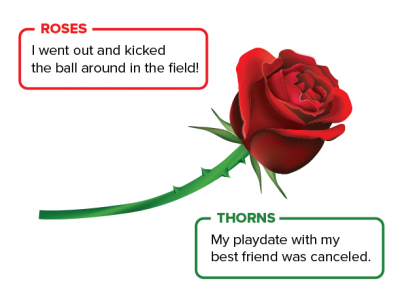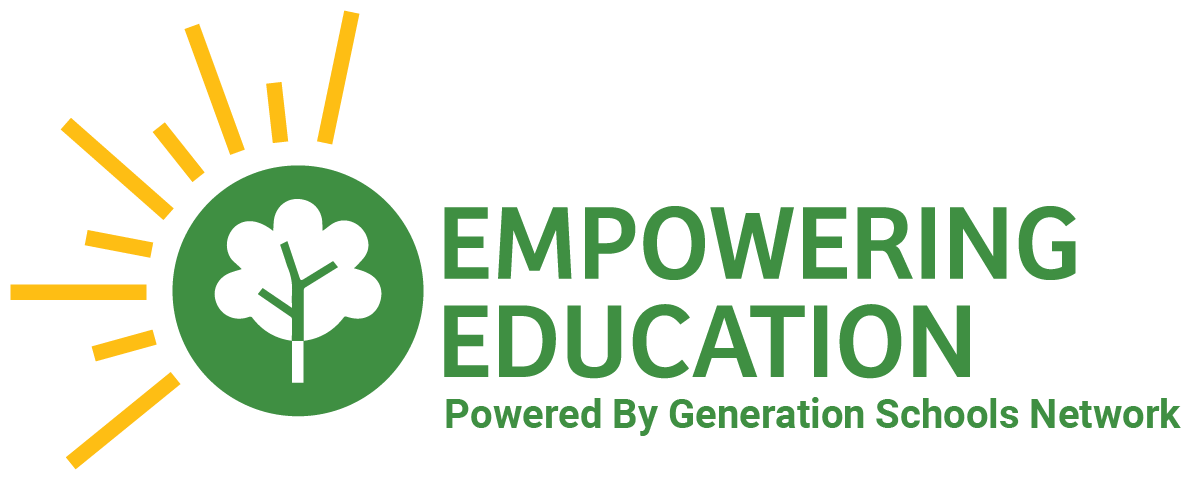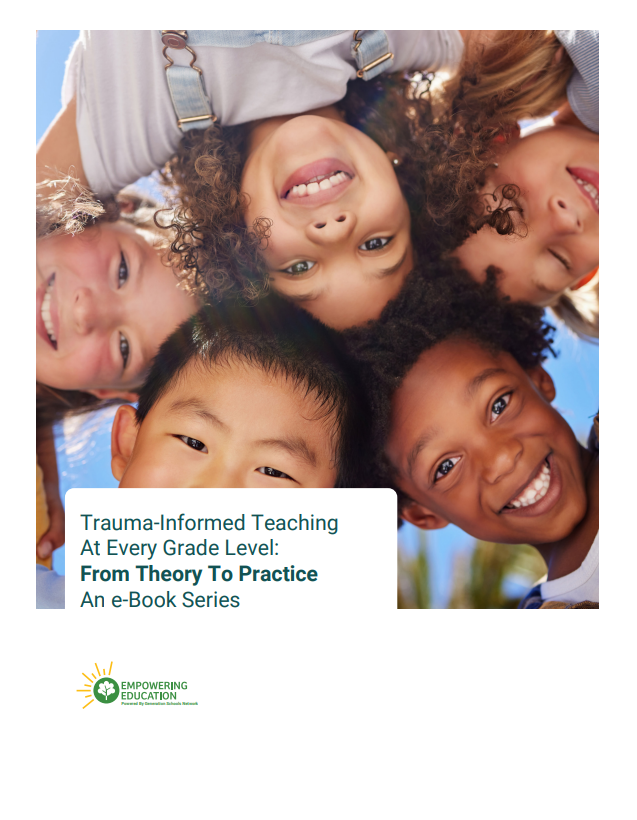What is the best coping skill for kids?
Self-reflection.
Self-reflection is a key coping skill for toddlers, kids, teens, and even their teachers. Reflective self-awareness helps students build resilience in the classroom, at home, and among peers. Don't believe us? Then please play along for a moment and silently answer the following self-reflection questions:
- What are the one or two best parts of the last 24 hours of your life?
- Now, what are the one or two worst parts?
You’ve just done Roses and Thorns! This activity teaches students self-reflection, a coping mechanism that the characters in our social-emotional storybook, Munchy and Jumpy Tales, model this the story, A Thorny Day.
How do I teach self-reflection as a coping skill?
- 1. Model it.
The first time practicing a new coping skill, you should go first. While keeping it age-appropriate, be honest in your self-reflection.
- 2. Be quiet.
Parents and educators often feel the need to say a lot. This is a moment when less is more! When you do activities like 'Roses and Thorns', you may be tempted to talk about yourself. Unless there’s a good reason, delay those follow-up conversations to later. Instead, stick with small bits of acknowledgment such as “oh, that sounds like a lot of fun” or “hmm, that sounds tough.”
- 3. Don't Force Participation.
If you’ve offered your Roses and Thorns and a child doesn’t want to go, let them stay quiet. This isn’t a forced march through our feelings, it’s an invitation. Knowing that they don’t have to participate is a good trauma-informed practice.
- 4. Rinse and repeat.
It takes many kids a few turns of the activity to get the hang of it. Don’t give up if the first try falls flat.
How do activities like 'Roses and Thorns' help kids cope?
By having students reflect on their “roses”—the positive experiences they’ve had recently—you’re asking them to practice gratitude. Research has shown the benefits of coping skills like daily gratitude practice, including better physical health.

Download the printable activity sheet here, to use in your home or classroom!
By having children reflect on their “thorns"—the negative experiences they’ve had recently—you’re giving them space to voice what’s bothering them. Two of CASEL’s social-emotional competencies are self-awareness and self-management. It turns out that self-awareness is a big part of self-management. Naming what you’re feeling is part of managing the feeling.
By inviting children to observe what they are grateful for and what’s bothering them in a non-judgmental way, you are practicing coping skills with them. We recommend you check out our free coping skills lesson plan for more ideas.
Ready for a bit more 'Roses and Thorns'? Try adding “buds”—the things that you’re looking forward to. One benefit to that addition is that it ends each person’s reflection on a positive note. Download the printable PDF of this activity above and let us know if this ends up becoming a useful part of your family or classroom practice!
P.S. My 6-year-old daughter added “avocados” to the ritual and I still am not sure how it fits into the metaphor...


